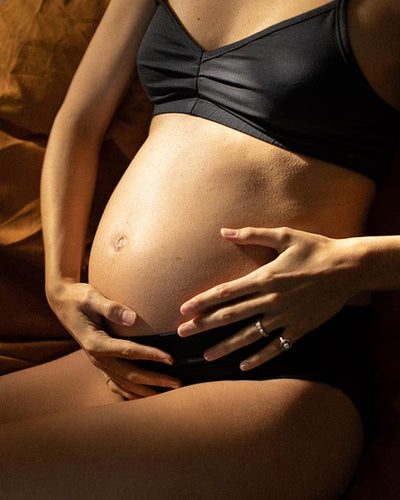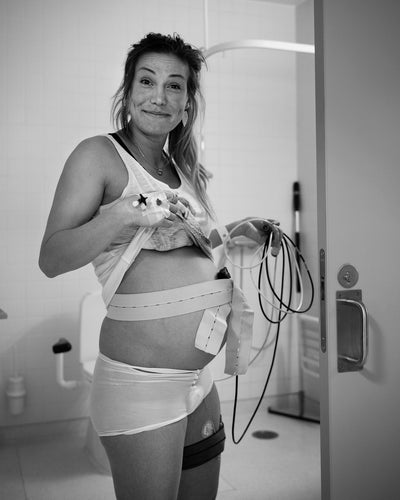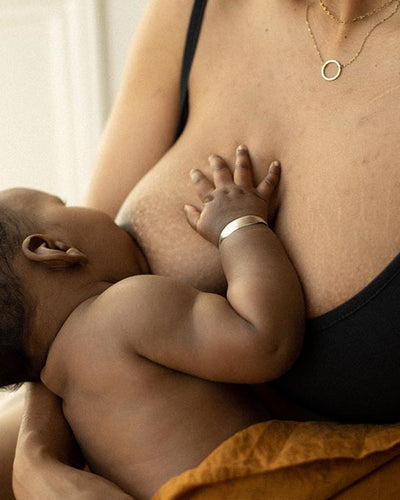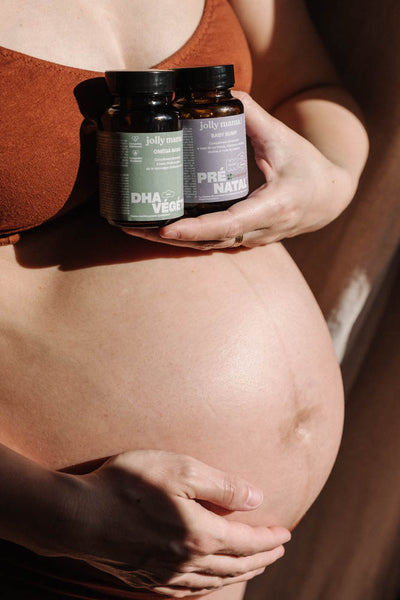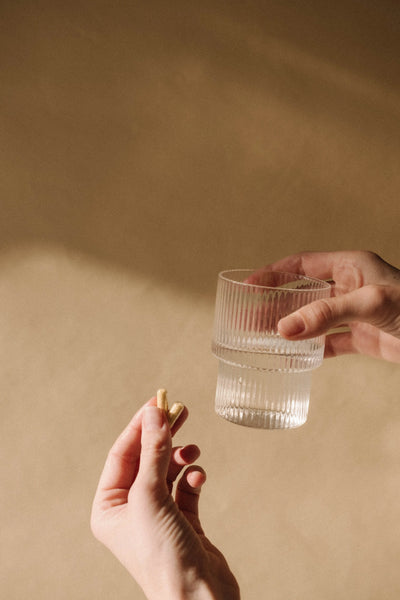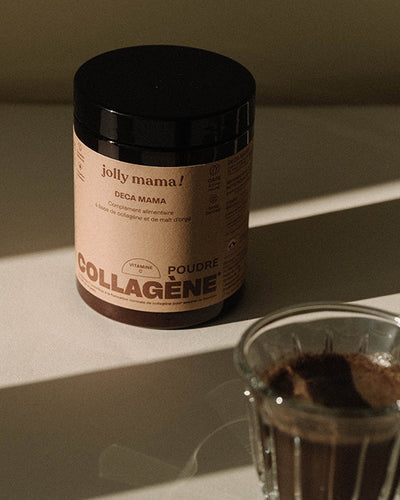Les problèmes cardio-métaboliques
Le SOPK est un trouble complexe, souvent associé à des problèmes tels que l'obésité, l'insulinorésistance, le diabète de type 2 et l'hypertension [3]. L’obésité relative au SOPK est liée à une résistance accrue à l'insuline et à l'hyperandrogénie ; ainsi, les femmes atteintes du SOPK présentent une prévalence nettement plus élevée d'intolérance au glucose, de diabète de type 2 et de syndrome métabolique. Par exemple, la prévalence du diabète de type 2 est quatre fois plus élevée chez les femmes atteintes de ce syndrome [4].
Les maladies cardio-métaboliques, qui sont fréquentes chez les femmes atteintes de SOPK, présentent un recoupement important avec les facteurs de risque prédisposant à une maladie grave du COVID-19. Ces comorbidités indiquent que cette population est potentiellement à risque dans le développement de la maladie.
L’hyperandrogénie
De nombreuses preuves indiquent que, par rapport aux femmes, les hommes présentent une plus grande prédisposition à développer une forme sévère de la maladie, et ce indépendamment de l'âge [5]. Les mécanismes moléculaires facilitant cette prédisposition masculine au COVID-19 sévère seraient liés au rôle de l'enzyme 2 de conversion de l'angiotensine (impliquée dans la régulation de la pression artérielle) qui est activée par les protéines du virus et agit comme l'un des médiateurs clés de son entrée dans les cellules hôtes [6].
Par ailleurs, l'expression et l'activité de l’enzyme seraient influencées par les hormones sexuelles mâles (androgènes). Une observation préliminaire a récemment été publiée concernant la fréquence élevée de la perte de cheveux chez les hommes hospitalisés pour le COVID-19, ce qui suggère que les androgènes pourraient être impliqués dans la gravité du COVID-19 [7].
Par conséquent, il existe une association potentielle entre les androgènes et la sévérité du COVID-19. Cette hypothèse devient également pertinente dans le contexte du SOPK, puisque les femmes atteintes de ce syndrome présentent un dérèglement hormonal avec une hyperandrogénie. Des recherches supplémentaires sont nécessaires pour clarifier les liens potentiels entre les résultats du COVID-19 et des facteurs tels que les androgènes circulants chez les patients masculins et féminins.
L’inflammation chronique
La gravité du COVID-19, dans certains cas, semble également liée à une libération excessive de cytokines pro-inflammatoires au niveau du tissu pulmonaire infecté (un syndrome de tempête de cytokines) [8]. En effet, les données suggèrent que ce syndrome peut induire des réactions d'hyper-inflammation conduisant à une défaillance respiratoire.
Par ailleurs, l'activation des voies pro-inflammatoires sont également considérées comme favorisant la pathogenèse et les complications cardio-métaboliques du SOPK, en particulier lorsqu'elles sont associées à une obésité centrale (c’est-à-dire caractérisée par un excès de graisses au niveau abdominal). Il est reconnu que les femmes souffrant de SOPK et d'obésité présentent un dysfonctionnement marqué du tissu adipeux et un dérèglement de la sécrétion de facteurs de l’inflammation, ce qui entraîne un état pro-inflammatoire chronique [9]. Certains de ces facteurs sont également impliqués dans la synthèse des androgènes ovariens. Or le récepteur de ces androgènes joue aussi un rôle dans l’immunité qui est liée au COVID-19 [10].
Par conséquent, il est probable que l'inflammation chronique associée au SOPK soit en relation avec l'hyper inflammation liée au COVID-19.
Le statut en vitamine D
Depuis le début de la pandémie, certaines études ont établi des liens entre des faibles niveaux de vitamine D et la sévérité du COVID-19, du au fait que la pandémie a rapidement évolué dans divers pays de l’hémisphère Nord, et au moment où les niveaux de la vitamine D sont au plus bas (baisse de l’ensoleillement, arrivée de l’hiver).
De plus, les données existantes indiquent qu'une carence en vitamine D peut contribuer au syndrome de détresse respiratoire aiguë, tandis que la mortalité liée au COVID-19 augmente avec l'âge et la comorbidité cardio-métabolique, qui présentent également des associations positives avec des taux de vitamine D plus faibles [11].
En revanche, les données de diverses études se contredisent, certaines affirmant un lien entre le faible taux de vitamine D et le risque de développer le COVID-19 [12] et d’autres ne trouvant pas de corrélation [13].
Néanmoins, la vitamine D module les réponses immunitaires, et peut réguler l'activité de facteurs de l’inflammation et supprimer la réponse cytokine pro-inflammatoire [14]. Ainsi, le rôle potentiel de faibles niveaux de vitamine D dans la sévérité du COVID-19 et le développement d'un syndrome de tempête de cytokines associé mérite des recherches supplémentaires.
En particulier, de plus en plus de données soutiennent une association inverse entre la vitamine D et la gravité de multiples manifestations du SOPK, y compris l'hyperandrogénie, l'infertilité, la résistance à l'insuline et les maladies cardio-métaboliques [15]. Les données d'une méta-analyse indiquent que la supplémentation en vitamine D chez les femmes souffrant de SOPK pourrait réduire de manière significative les taux circulants de testostérone totale, tout en augmentant le niveau de la capacité antioxydante totale [16]. Dans l'ensemble, ces données suggèrent que les femmes atteintes du SOPK et qui ont de faibles niveaux de vitamine D risquent de contracter une forme plus grave de la maladie du COVID-19. Prendre un complément SOPK à base de vitamine D pourrait donc aider.
Notre vitamine D grossesse, en goutte, est parfaitement adaptée à chaque femme et est très utile pour remonter ses niveaux en vitamine D.

